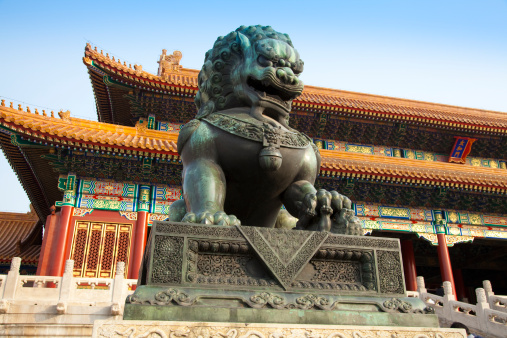It likely was inevitable that the white-hot growth of Asian economies would slow, if only because of the recession-like conditions around the rest of the world. Now, that is happening, and these nations are left to cope with circumstances for which they are ill-prepared.
Rapid growth usually means a migration from rural areas to cities, and companies look for workers who can help keep up with demand for both internal consumer spending and exports. A sharp drop in economic activity will leave many of these people stranded, without jobs or, at least, without rapidly growing wages. Those problems, in turn, harm consumer spending, and gross domestic product (GDP) begins to spiral down.
Government coffers also are strained by slowing economic activity as treasury operations and central banks try to keep expansion in place. Eventually, and sometimes quickly, this triggers deficits and a higher cost of borrowing. Government financial flexibility starts to disappear.
All these factors have prompted the World Bank to issue a report on the near-term future of East Asia’s economy. While it is not entirely pessimistic, if it is correct, government policy decisions in many of the countries will need to change, almost immediately. From the report:
Developing East Asia is expanding at a slower pace as China shifts from an export-oriented economy and focuses on domestic demand. Growth in larger middle income countries including Indonesia, Malaysia, and Thailand is also softening in light of lower investment, lower global commodity prices and lower than expected growth of exports, says the East Asia Pacific Economic Update released today.
According to the report, the growth forecast for developing countries in the region is 7.1 percent for 2013, and 7.2 percent for 2014. While this is a slight downward revision from World Bank projections in April 2013, developing East Asia is leading other regions.
“East Asia Pacific continues to be the engine driving the global economy, contributing 40 percent of the world’s GDP growth – more than any other region. With overall global growth accelerating, now is the time for developing economies to make structural and policy reforms to sustain growth, reduce poverty and improve the lives of the poor and vulnerable,” said Axel van Trotsenburg, World Bank East Asia and Pacific Regional Vice President.
Growth in China is expected to meet the official indicative target of 7.5 percent this year. The short term outlook is improving as industrial production data suggests further strengthening of output in the third quarter of 2013. Growth in 2014 is projected to be 7.7 percent, but risks remain related to the restructuring of China’s economy – a greater than expected slowdown of investment could have an adverse effect on the region, especially on suppliers of capital goods and industrial raw materials to China.
Excluding China, the region is expected to grow at 5.2 percent in 2013 and 5.3 percent in 2014. While domestic demand continues to drive growth, investment growth is moderating in the larger economies of ASEAN, including Indonesia, Thailand, and Malaysia. Consumption and resilient remittances helped boost the Philippine economy. Growth in the region’s smaller economies was more encouraging: Cambodia benefited from expansion in garment exports and tourism. As the recovery picks up in the US, Japan and the Eurozone, with growth accelerating in the second quarter of 2013, developing countries in East Asia stand to benefit because of their high trade shares in the economy. But they need to be better prepared for potentially disruptive adjustments.
Over the past few months, speculation about the withdrawal of quantitative easing in the US led to stock market sell-offs and currency depreciation, hurting countries with large foreign participation in their financial markets.
Thank you for reading! Have some feedback for us?
Contact the 24/7 Wall St. editorial team.


